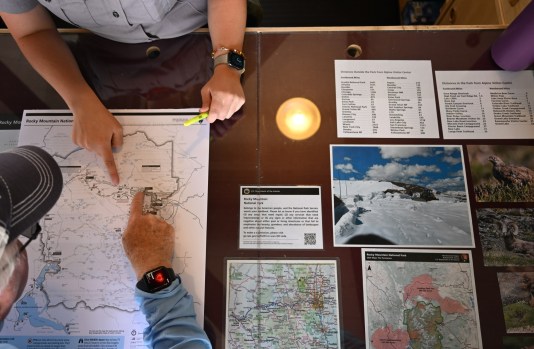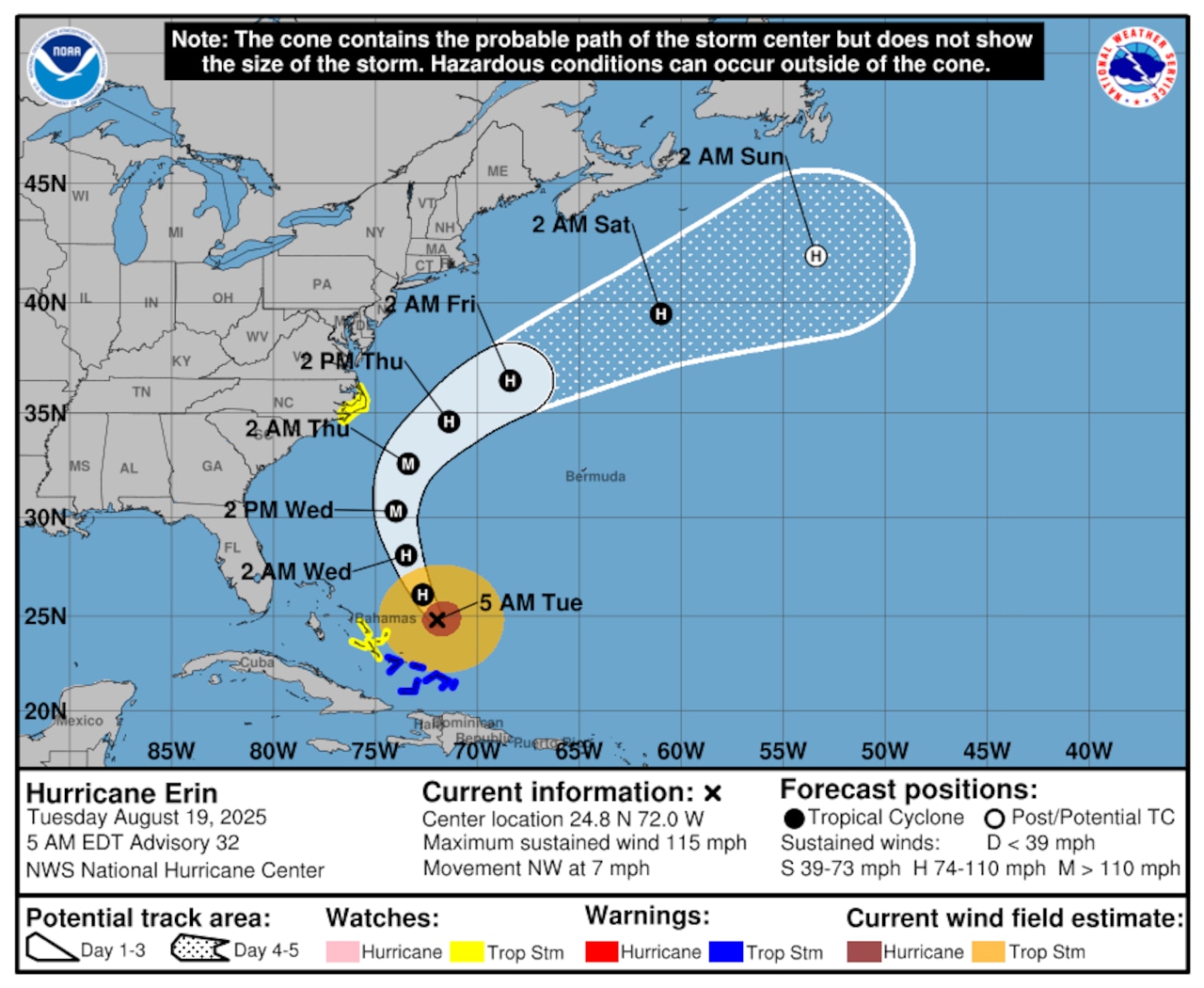The head of the American Indian organization People of the Sacred Land, Rick Williams, expressed shock this month when he discovered signs at the Sand Creek Massacre National Historic Site in southeast Colorado that some believe threaten to erase history.
Innocently, the placards encourage visitors to download a QR code and complete three survey questions. They were placed at all National Park Service locations on June 13 at the direction of Interior Secretary Doug Bergum. In the first, they are asked to pinpoint places that require repair. The latter asks about services that require enhancement.
The third survey question is startling some people and surprising others. Visitors are asked to spot any signage or other information that diminishes the beauty, grandeur, and abundance of landscapes and other natural elements, or that contains unfavorable information about current or former Americans.
Williams, whose group is made up of Native elders, leaders, and concerned individuals who want the truth about the eviction of Native Americans from Colorado to be known, was taken aback.
Williams, whose lineage includes Oglala Lakota and Cheyenne, said, “I was scared, but I was also a little horrified.” In essence, this allows the general public to decide what they think is true, and defending that opinion against someone who holds a different opinion could incite animosity.
Following its installation at the Amache National Historic Site, the signs also infuriated Japanese Americans. Amache is situated close to the Kansas state line in southeast Colorado, just like Sand Creek. During World War II, a Japanese detention camp was located there.
According to Kirsten Leong, a fourth-generation Japanese American and the vice president of the non-profit Amache Alliance at the time, the way they are worded appears more appropriate for some of the larger national parks that discuss natural beauty. Places like Amache aren’t there for that congressional purpose. Telling these difficult historical tales is the park’s legal objective as stated in the enabling legislation passed by Congress.
During World War II, the War Relocation Authority set up ten Japanese incarceration camps, including Amache. Between 1942 and 1945, more than 10,000 people—mostly Americans—were imprisoned there.
In 1864, 230 Cheyenne and Arapaho people were massacred by U.S. troops at Sand Creek, primarily women, children, and the elderly.
Bergum’s order, which was issued on May 20, carried out the directives of the Restoring Truth and Sanity to American History executive order, which President Trump had signed two months prior. Trump bemoaned attempts to rewrite history by substituting a skewed narrative motivated by ideology rather than reality for objective facts. He claimed that the country’s unmatched history of promoting freedom, individual rights, and human happiness is reframed as fundamentally tyrannical, racist, sexist, or otherwise faulty.
In accordance with Bergum’s order, the National Park Service, the Bureau of Land Management, and other land management bureaus within the Interior Department are required to identify monuments, memorials, statues, and markers that contain images, descriptions, depictions, messages, narratives, or other (content) that inappropriately disparages Americans’ past or present (or) emphasizes matters unrelated to the beauty, abundance, or grandeur of it.
Signs have been placed in a number of public areas, such as visitor centers, restrooms, trailheads, and other visitor contact points that are easily accessible and do not obstruct traffic, according to Kyle Patterson, public affairs officer at Rocky Mountain National Park.
The placards were displayed at Great Sand Dunes National Park’s visitor center, according to Sierra Willoughby, the park’s public information officer.
By highlighting the significance of accuracy in our retelling of American history, this endeavor underscores the NPS purpose. An email was written by Willoughby. The beauty, abundance, and grandeur of America’s landscapes and remarkable multicultural past are the main reasons why people visit our national parks. This enables them to relate to these unique locations on a human level, independent of political beliefs.
The surveys have been used by many park visitors to request more funding. National park supporters claim that even prior to Trump’s election, the parks were woefully underfunded. According to park service estimates, the backlog of deferred repair nationwide, including 233 million at Rocky Mountain National Park, was close to $23 billion. The National Park Service is already facing $900 million in budget cuts as part of Trump’s 2026 budget, according to the National Parks Conservation Association.
Theresa Pierno, the chief executive of the National Parks Conservation Association, said in a statement that this is the most drastic, unattainable, and damaging budget a president has ever put forward in the 109-year history of the National Park Service. It is nothing less than a full-scale attack on the national parks in America.
According to Estee Rivera Murdock, executive director of the Estes Park-based non-profit Rocky Mountain Conservancy, she has received complaints from survey respondents regarding insufficient financing.
I have spoken with NPS representatives across the country who are receiving comments from various websites, and the recurring tone is, “We love these places, they need more funding, they need more rangers,” Murdock said. Without a system or funds to implement those changes, it is difficult to ask people for their opinions.
Historic sites like Amache and Sand Creek, which receive much fewer visitors than the major national parks, may be closed as a result of budget constraints. Every year, 4 million people visit Rocky Mountain National Park. In 2024, Mesa Verde drew 480,000 visitors, while Great Sand Dunes drew 437,000. Sand Creek had 6,400, while Amache had just 4,771. Bent’s Old Fort, another National Historic Site in southeast Colorado, had 16,000 visitors.
Related Articles
-
Up a lazy river: Florida tubing option lets riders enjoy life slowly
-
Could you eat this much ice cream after walking 1,100 miles? Some Appalachian Trail hikers try
-
Weeds aren t just nuisances, they re messengers. Here s what they can tell you
-
You can visit any national park for free on June 19
-
Camp at a Colorado hop farm this summer, and enjoy beers onsite
According to Dawn DiPrince, chief executive of History Colorado and Colorado’s official state historic preservation officer, “We believe in evidence-based history, which I think the parks are currently doing.” We shouldn’t change it, in my opinion. The suggested financial cuts worry me even more. Our three historic sites in southeastern Colorado are of particular significance to me.
“We have parks that weren’t made solely for the number of visitors,” DiPrince continued. They were produced by a large team of people working together to tell a significant piece of American history. They exist for that reason, so it seems quite problematic to gauge them by the sheer volume of visitors, threaten them with budget cuts, and then recommend that we change the way we present those stories in ways that are not supported by evidence.
Williams stated that while Native Americans will continue to revere the location, he is not very concerned about the closure of the Sand Creek Massacre site. According to Williams, the massacre victims were buried there, and their souls are still there.
“Probably 6,000 of those 6,400 visitors were American Indians, and they’re going to go there whether it’s a national park or not,” Williams said.









